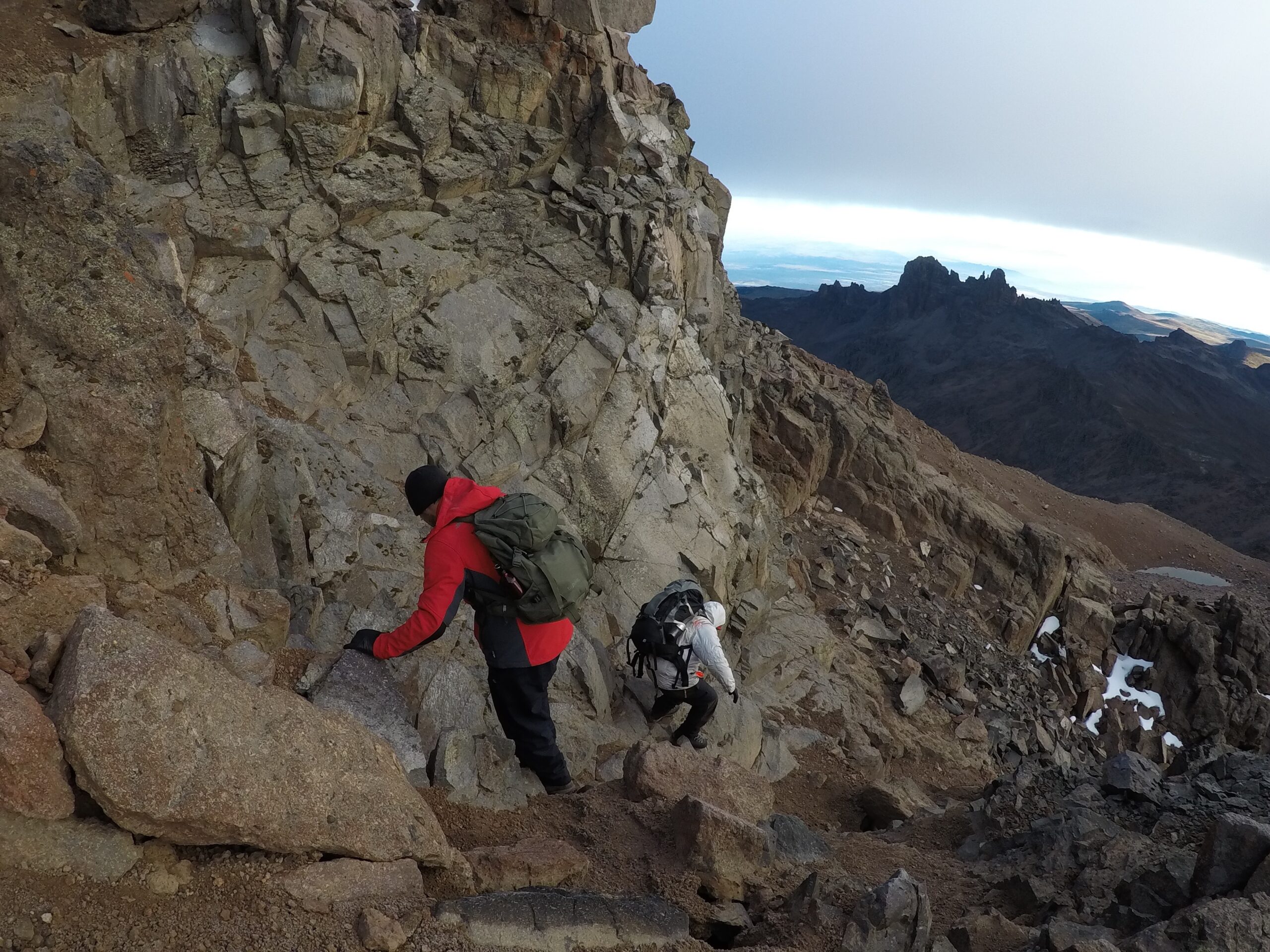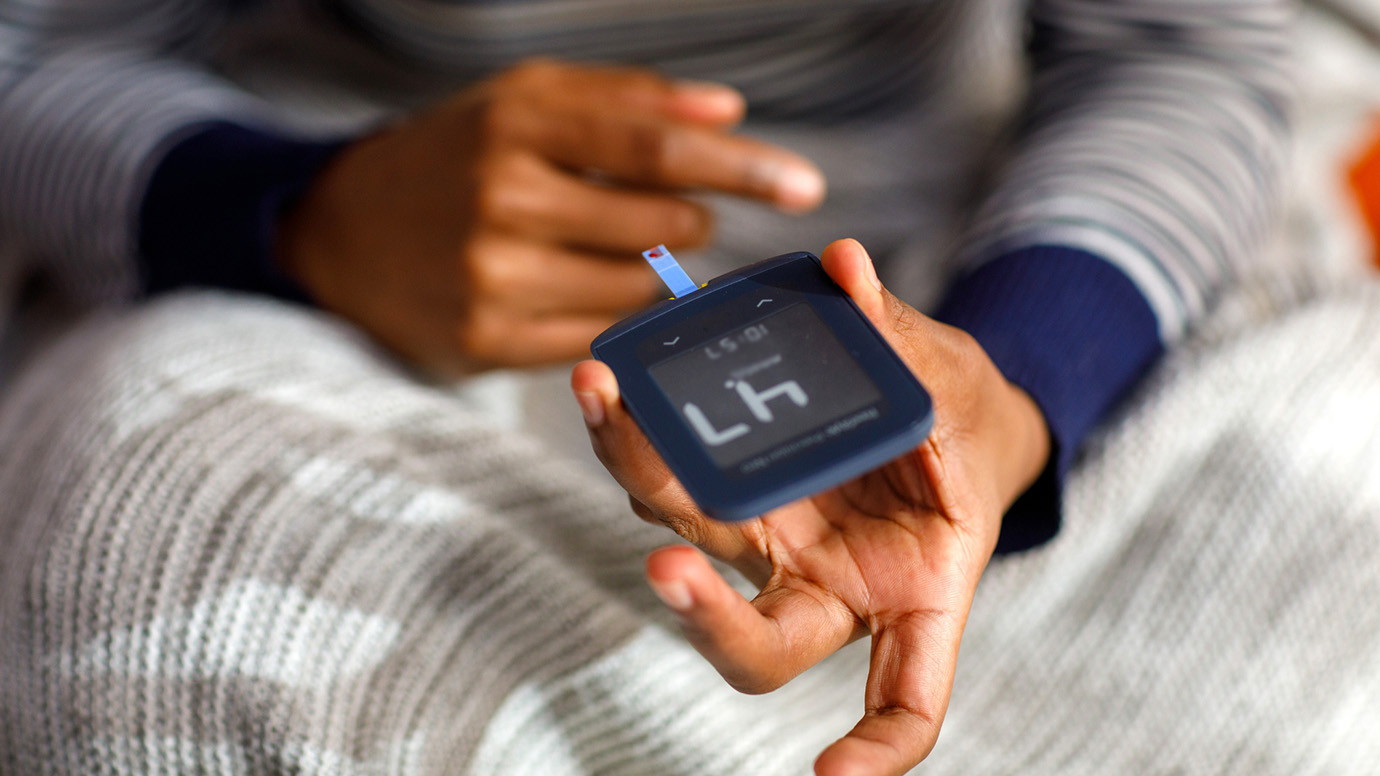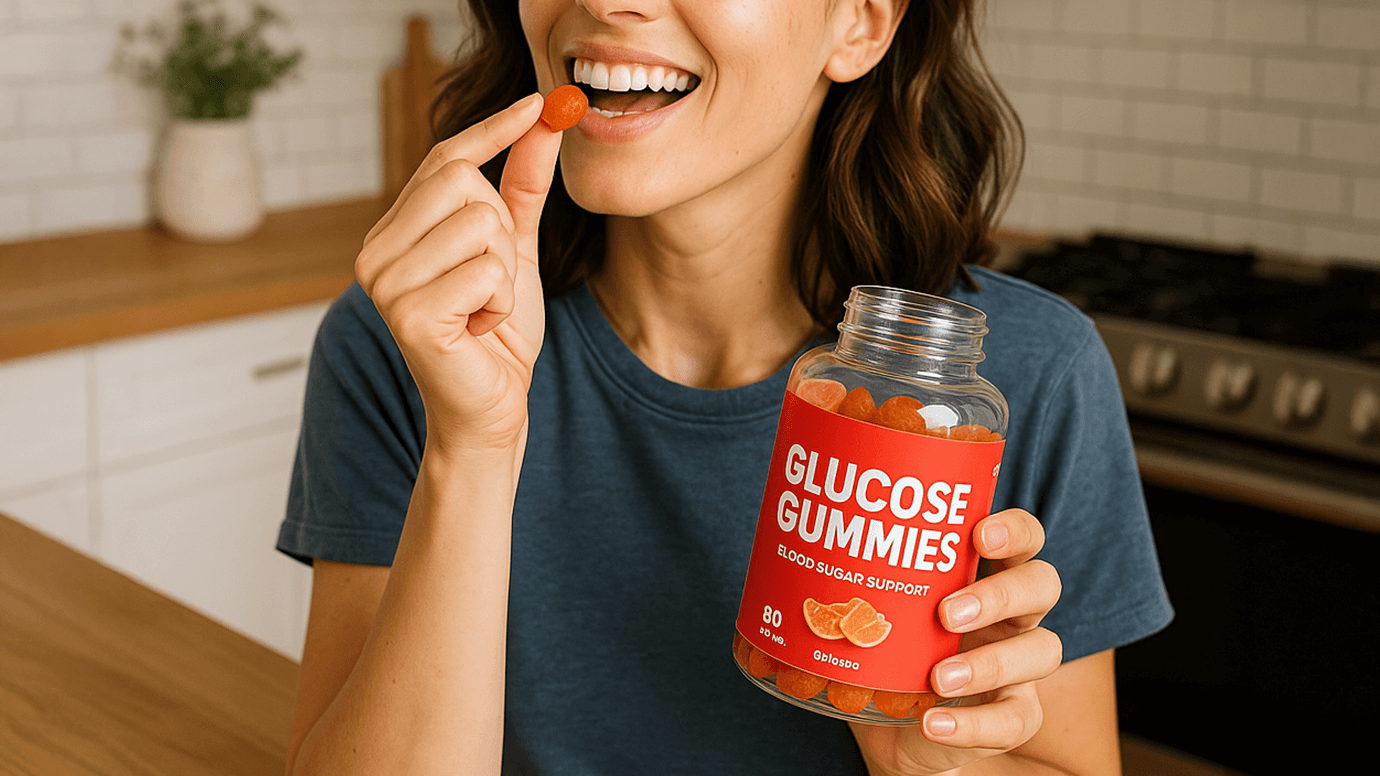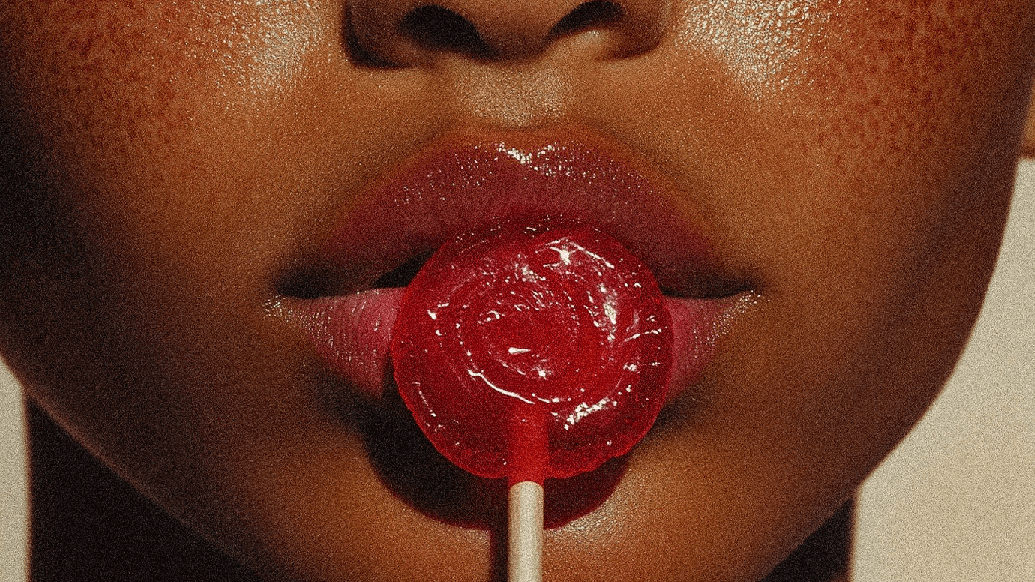This Mountain Top—How I Climbed Mount Kenya
Written by: Dominic Frost
49 minute read
September 11, 2018
At 04.30 hrs GMT on the 20 of May, Jen and I reached Point Lenana, 4,985 metres or 16,355 feet above the continent of Africa on Mount Kenya. Our arrival at the summit occurred after four days of trekking through humidity, searing heat, freezing cold and heavy rain. The view from the top was breath-taking. We could see the vast valleys surrounding the mountain and the glacier, which, over millions of years, had carved the landscape. The savanna extended far into the distance and the greenery glistened in the rising sun. Seeing a sunrise while on top of Africa’s second highest mountain will stay with me for the rest of my life. It’s difficult to put into words how I felt as I climbed the final 10 metres to the summit over the highest via ferrata in the world. I was tired and in a sense of disbelief because of what we were about to accomplish.
This all started with a chat in Putney after a few glasses of wine. The journey had taken us to the peaks of Wales, France and Scotland, and now it was finally the time to reach our goal. At this point I felt the emotions building up, and I was trying desperately to hold back the tears, but as I touched the peak with the sun rising and saw Jen in her element taking photos and wandering around with her usual cheery curiosity, the tears broke through, along with the negative voices of the past telling me a person with diabetes can’t do these adventures and challenges, telling me that because of the fear of a hypo or high and all the logistical challenges of a five-day mountain climb, I should just stay home.
Along with summitting Mount Kenya, we delivered £5,000 to Diabetes UK to help find a cure for this illness and support millions. Those that will benefit from this money will have one person to thank and that’s Jen. If it wasn’t for her this whole project would not have happened. Those who will benefit from our small contribution now, would not be receiving it, and she had to go through the same hardship.

From my climber’s log
We started on Wednesday, May 17, at Nanyuki, a town near the Mount Kenya national park. There we met our guide and porters. I had prepared all the diabetes equipment, rationed the insulin into thermometer-regulated bags and packed spare needles, monitors, batteries and extra sugary supplies. Not to mention spare clothes for every type of weather. Jen and I felt ready but despite the training and previous mountains, we were not sure how things would go.
The physical toughness would be a challenge, but how my diabetes would hold up was a complete unknown. The first day was a short 10 km hike through the jungle; the humidity was stifling and inclines steep. In terms of diabetes management, the best way to describe my management was like a football tournament. The early knock out stages went well. I ran my sugars a bit higher to ward off a hypo and to give me a safety net. I managed to hold my blood sugar levels stable at around 180 mg/dL10 mmol/L. On the second day as we approached 3,500 metres (11,482ft) I ran into insulin resistance—this was turning into the tricky quarter final. The second day started at 07.00 hours in bright sunshine. We walked up towards the valley which leads to Shipton’s camp. The walk was through a landscape of arid grassland and thick heather. The ridge-lines surrounding us were bare and dusty. It was after we had lunch by the shallow valley river that my diabetes started becoming a worry. My blood glucose levels wouldn’t come down. I was reluctant to take any additional insulin because of my concern over a hypo.
My blood sugars two hours after lunch were in the 360 mg/dL20 mmol/L and we still had 14 km to go. During this period it was Jen who kept my spirits up and kept me going. When we reached Shipton’s camp at 4,236 metres (13,898 ft) high, we were both exhausted. The weather had changed from heat to rain, and the coldness swept in. That evening the temperatures dropped down towards -15°C (5 °F), we huddled round the cooking stoves with the team to keep warm.
My blood sugars by the time we went to bed were finally on the way down but it was clear I couldn’t absorb the insulin. I increased my long acting, and increased my short acting insulin. The hut we stayed in was basic. The local wildlife was also out in force. Rats and birds ran and flew in and out of the hut. The next day my blood sugars were still high, I woke up at 252 mg/dL14 mmol/L. The first half of the semi-final was tough, as I really wasn’t feeling well.

This day was our acclimatization day; our guide took us up to around 4,700 metres in order to assess our ability to reach the peak. Strangely my blood sugar levels improved as we climbed. I was testing every two hours and I could feel the improvement. My headache also dispersed. Being affected by altitude is a strange sensation, it is like being drunk without the pleasantness.
As we got higher we were then able to enjoy the climb; we walked and scrambled knife-edge peaks in the shadow of Mount Kenya. As we descended back to camp to prepare for summit day my headache returned as did Jen’s. That evening we prepared for the summit. We repacked our kits on the tables and read our books. We were both trying to keep our minds.
My blood glucose levels became high again, and we had to climb the peak, which is not only steep but also dangerous, especially climbing at night with only head torches. Distance also became a factor. Our total trek for the day was going to be in the region of 32 km. At 2 a.m. Jen and I woke from an uneasy sleep. The moon and the stars were bright and clear. The silhouettes of the mountain peaks were clearly visible in the inky blackness. The trek down the mountain seemed like a dream. We had 20 km to walk that day from the peak until our final night stop. The walk down the mountain was even more stunning than the walk up to Shipton’s camp.
We walked along the ridge line looking back onto one of the largest waterfalls I had seen flowing from the mountain and into the lush jungle. I had thought the final part of the trek would be easier, but as the African sun bore down on us the heat in the midday sun became unbearable, our water ran out and there was limited shade. The challenges kept coming even on the last leg, but that day after starting at 2 a.m. Jen and I made it to the finish line at around 4 p.m. We were tired, physically exhausted, sunburnt, dehydrated but elated. The trek was the hardest thing we have ever done, but I would go through the pain and suffering, the diabetes issues and the rats a thousand times. Next up is Kilimanjaro.

Author
Dominic Frost
Dominic Frost is 27 and from London. He was diagnosed with type 1 diabetes at 11 years old when, after a Christmas dinner in 2001, his auntie (someone with type 2) tested his blood sugar level. Because his illness had not developed fully, his treatment that year was one of trial and error. He can honestly say that eight-month period was one of the hardest of his life. Since then Dominic has learned not to let diabetes stop him from living his life. He has played a variety of sports for school teams, including football for his university and participated in outward bound pursuits including hiking, climbing and sailing.
Related Resources

If you have diabetes, you know insulin affects low blood sugar (hypoglycemia), but it’s not...
Read more

Living with diabetes, you know that low blood sugar can be dangerous and needs quick...
Read more

At just 17, Collin Lloyd is making a name for himself in karting—on and off...
Read more

